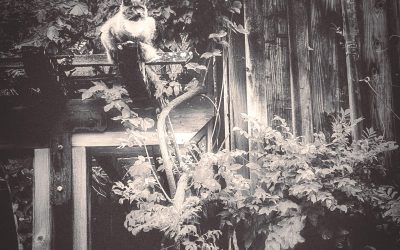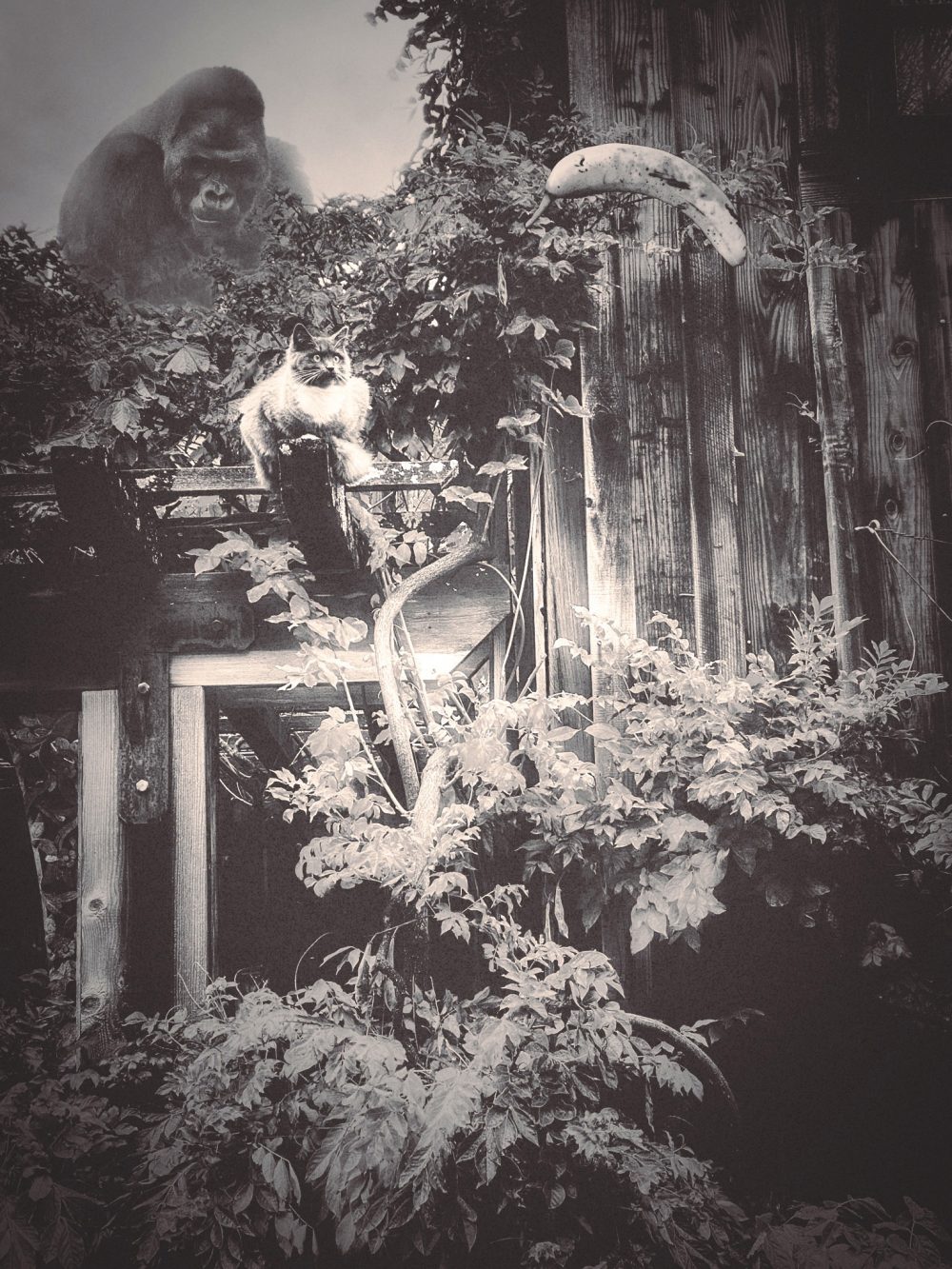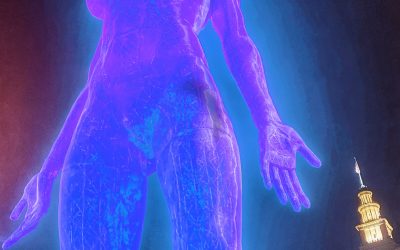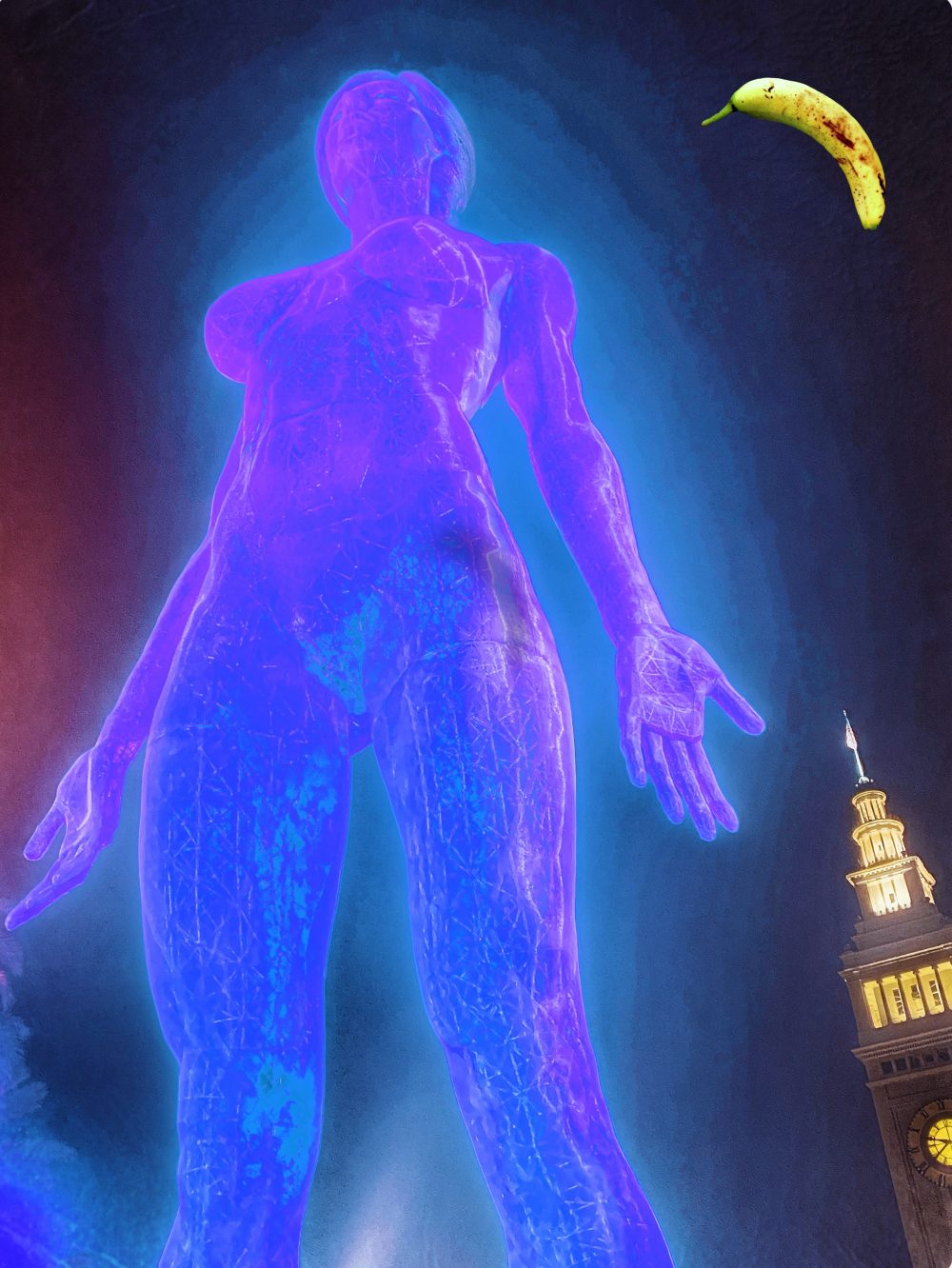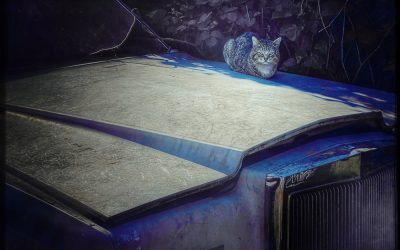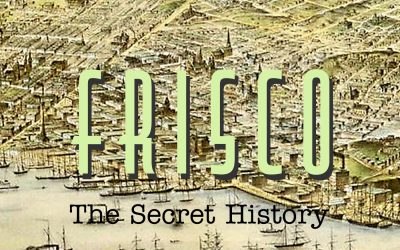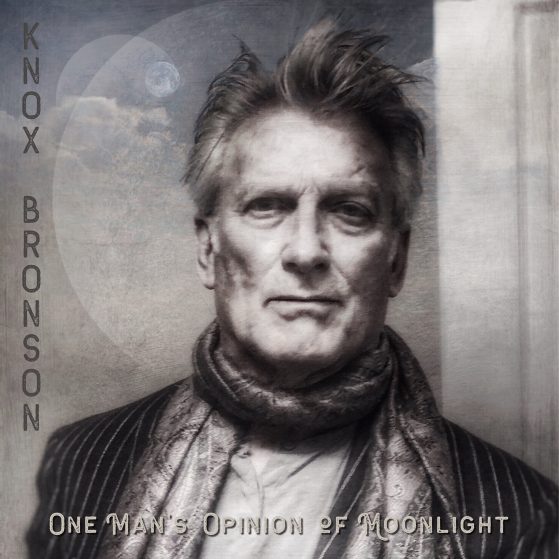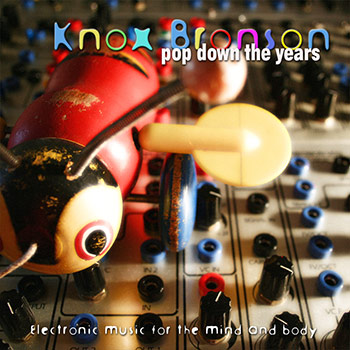Monkey Finds The Sun
{frisco} The Secret Life of Bob Patterson, Who Terrorized High Society With His Gossip Column, “Freddie Francisco Observes,” In The 1940s
Why Did You Have To Smile At Me? with French horns
{frisco} Episode 2 ~ The Hawaiian Princess Who Wanted To Sing
{wild bubble} Robbie Basho’s Esoteric Guitar Chord Color Chart
{wild bubble} John Lennon and Paul McCartney on the Tonight Show, May 1968
[frisco] 1st Bonus Episode: Call It Frisco
This episode explores the long and often contentious history of the nickname “Frisco” for San Francisco. Despite the strong disapproval of many, including Chronicle columnist Herb Caen, the term has deep roots stretching back to the Gold Rush era.
We delve into the earliest documented uses of “Frisco” in the mid-19th century, finding it in letters from 1849 and newspapers like the Placer Times in 1850, suggesting it was once a common and respectable abbreviation, even appearing in genteel literature by 1868. The episode also touches on the theory of a Middle English origin for “Frisco” as a port term. We examine the contrasting perspective, highlighting how figures like Emperor Norton, the judiciary, and Herb Caen later vehemently campaigned against the nickname, viewing it as vulgar and disrespectful, particularly associating it with outsiders and the city’s more unruly past.
The discussion then shifts to the more nuanced and contemporary understanding of “Frisco.” We explore how, despite the traditional disdain, the term has persisted and even been reclaimed by certain communities, notably within Black San Francisco culture, as a sign of solidarity and identity. Even Herb Caen eventually softened his stance, acknowledging it as a “salty nickname.” Ultimately, the episode concludes by inviting listeners to reconsider their own use of “Frisco” as a way to connect with the city’s rich and complex history, particularly the “wide-open” era that this podcast aims to resurrect.
Links:
“San Francisco Sea Chanties of the Gold Rush Era” by Dick Holdstock & Co. (Find on Bandcamp as a download or as a CD)
The Secret History of Frisco website: www.thehistoryoffrisco.com
Patreon page: www.Patreon.com/Frisco
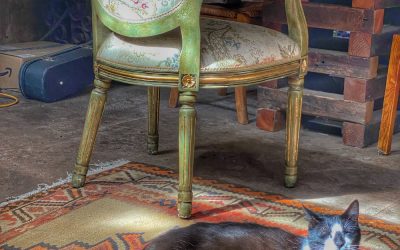
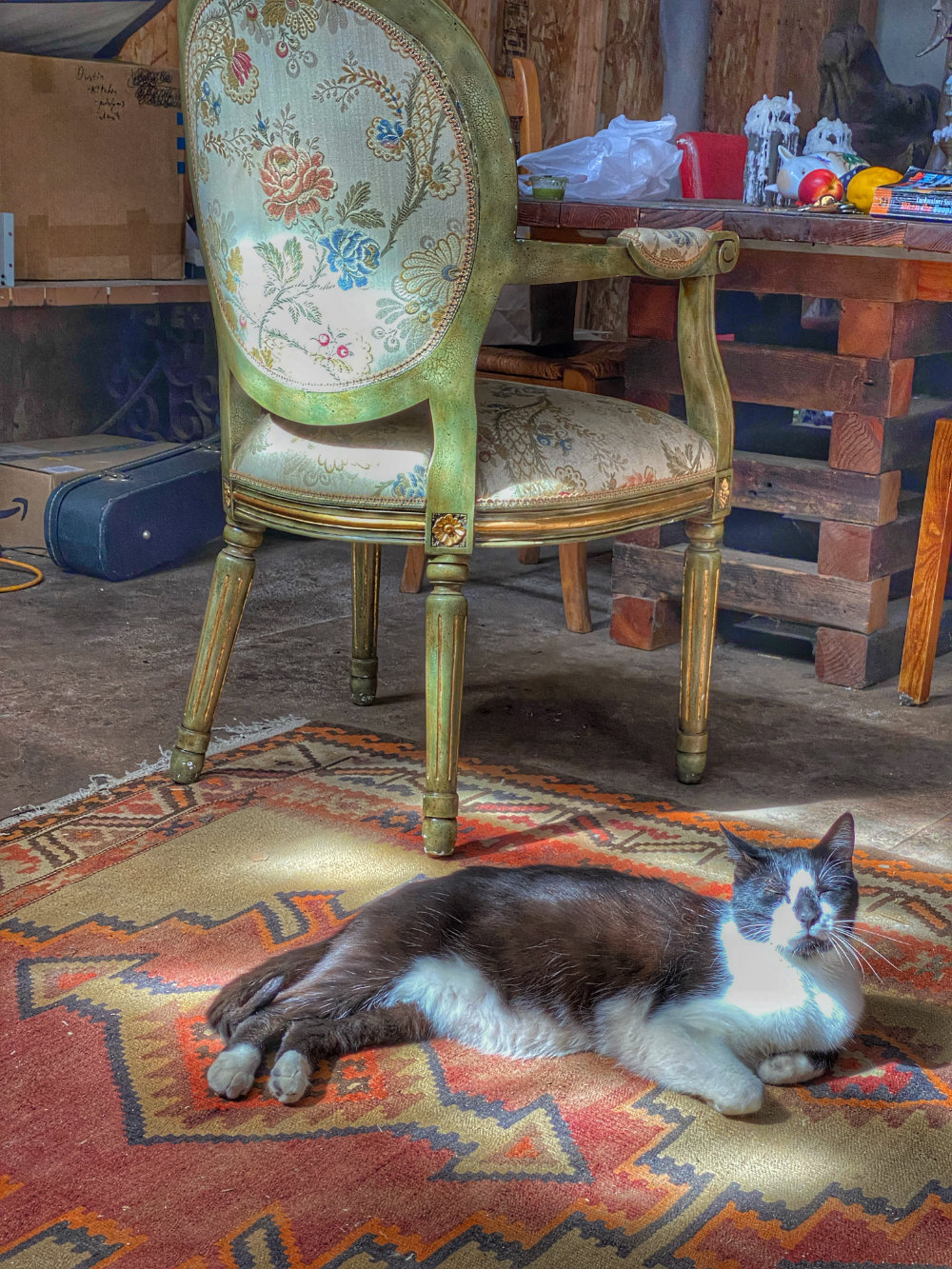
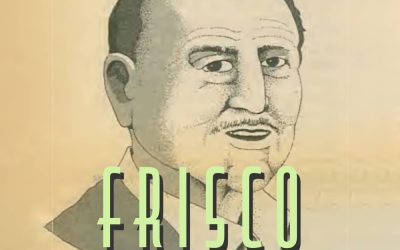
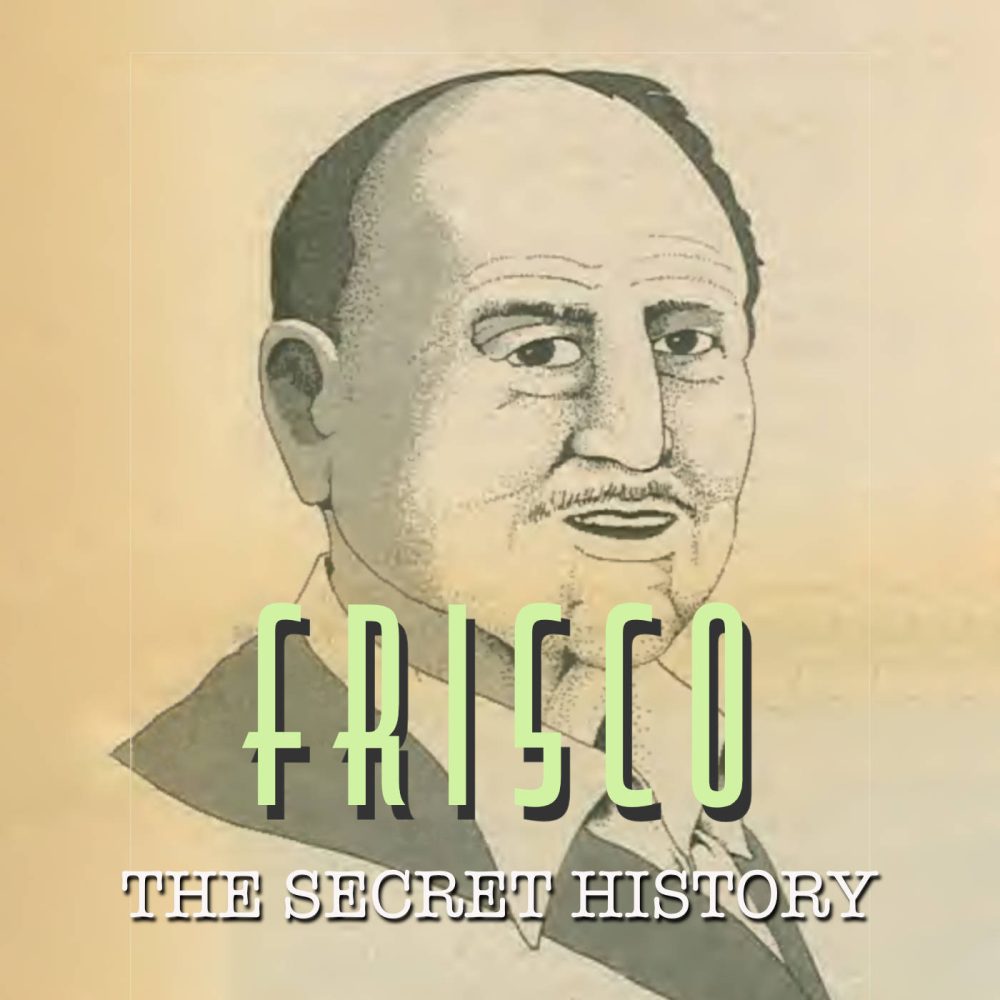
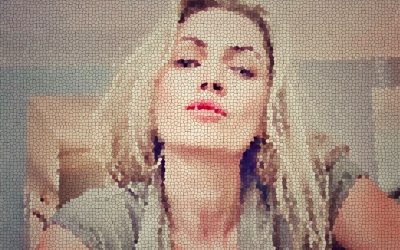
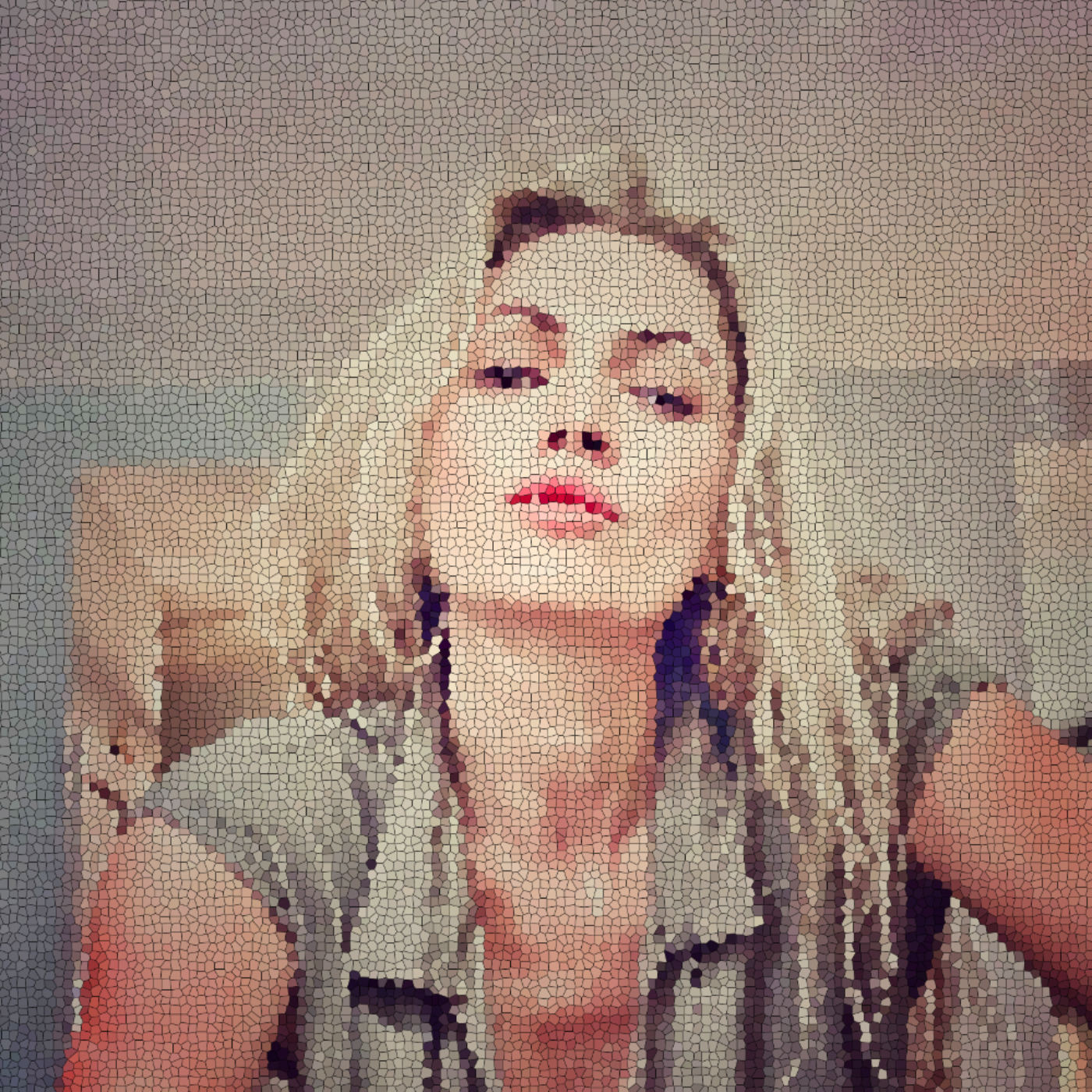
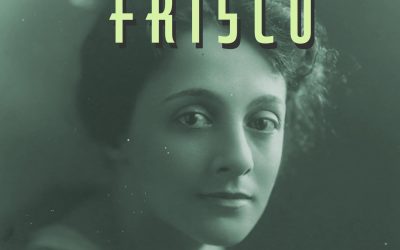

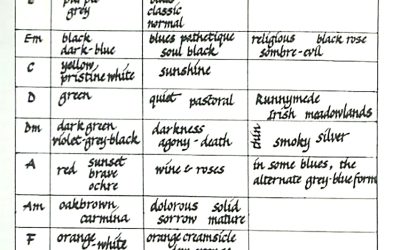
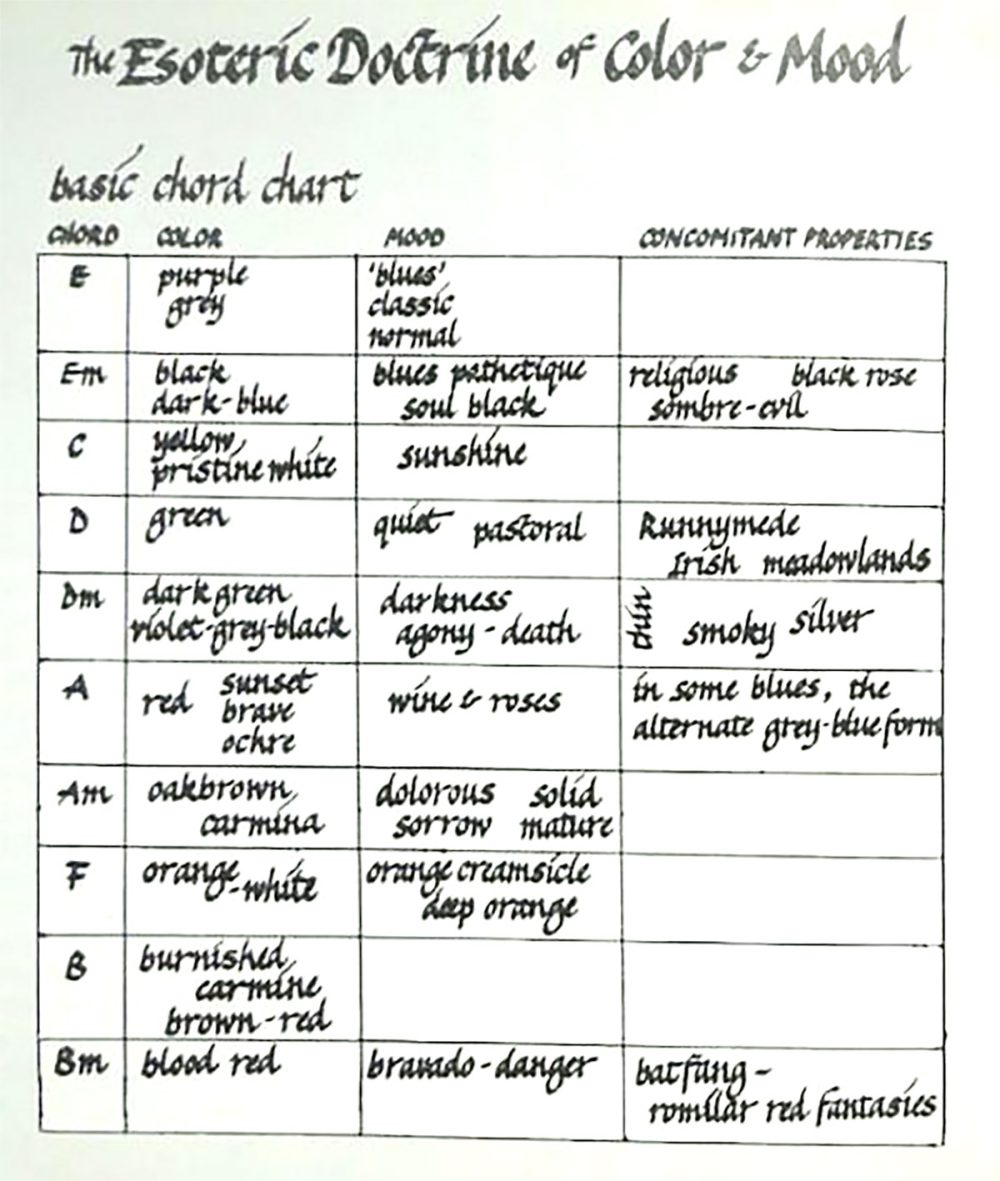


![[frisco] 1st Bonus Episode: Call It Frisco](https://knoxbronson.com/wp-content/uploads/2025/05/FRISCO-BONUS-EPISODE-1-GRAPHIC-copy-400x250.jpg)
